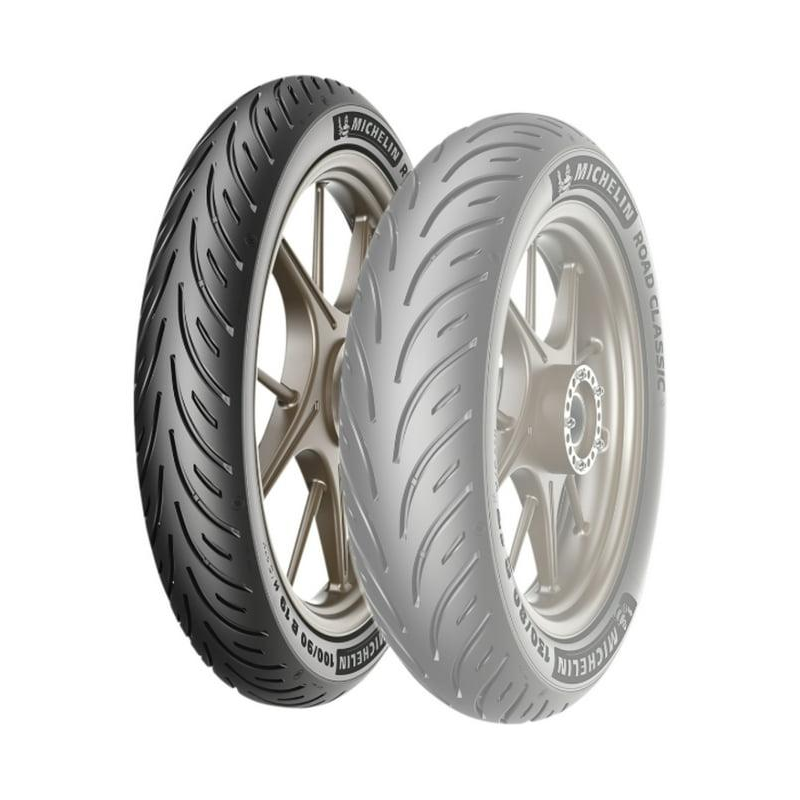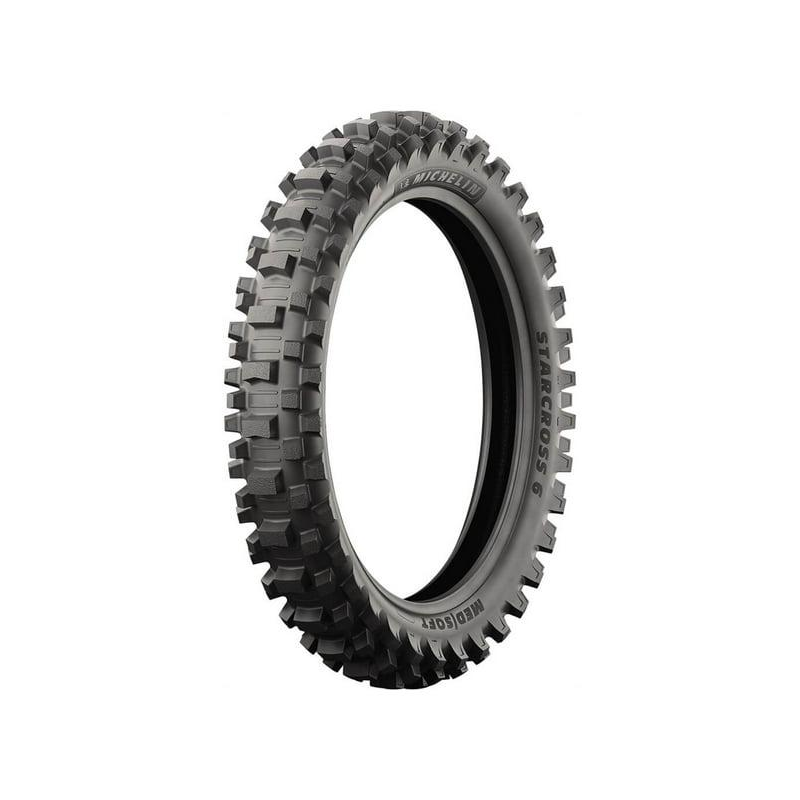Introduction
Maintaining your motorcycle is essential for safe and enjoyable rides, and one of the most critical components of that maintenance involves understanding how often to replace motorcycle tires. Motorcycle tires play a pivotal role in your motorcycle’s performance, handling, and safety. Yet, many riders may overlook their significance until a problem arises. Proper care and timely replacement of tires can help ensure a safe journey and improve the overall riding experience.
Unfortunately, there is no one-size-fits-all answer to the question of when to replace motorcycle tires. Multiple factors come into play, including tire type, riding conditions, wear patterns, and the manufacturer’s recommendations. In this comprehensive article, we will explore various aspects influencing tire replacement. We’ll cover how different tire types can affect wear rates, the importance of regular inspections, and how to identify when replacement is necessary. Through this detailed exploration, we aim to equip riders with the knowledge needed to make informed decisions regarding tire maintenance, ultimately enhancing both safety and performance.

Understanding Motorcycle Tires
To effectively determine how often to replace motorcycle tires, it’s important to understand their composition and functions. Motorcycle tires differ from car tires in several significant ways, and recognizing these differences can help prevent mishaps on the road.
Types of Motorcycle Tires
Motorcycle tires come in various types to cater to different styles of riding. Here’s an overview of the primary types available:
- Street Tires: Designed for general riding on paved roads. They offer excellent grip and stability but may not perform well off-road.
- Sport Tires: Built for high-performance and cornering capabilities. Riders who frequently ride aggressively or participate in track days should consider sport tires.
- Touring Tires: Made for long-distance travel, touring tires typically provide enhanced durability and comfort, often designed to carry heavier loads.
- Off-Road Tires: Designed for dirt and rough terrain, these tires feature deeper tread patterns to provide traction on loose surfaces.
- Dual-Sport Tires: These versatile tires offer a balance between on-road and off-road performance, catering to riders who take their motorcycle on various terrains.
Understanding the differences will help you choose tires suited to your riding style, which can impact their lifespan and the frequency of replacement.
The Importance of Tread Depth
Tread depth significantly influences a tire’s performance. Adequate tread depth improves traction, especially in wet conditions. The legal minimum tread depth varies by region, but for motorcycles, it generally hovers around 1/32 to 2/32 of an inch. Checking tread depth regularly using a tread depth gauge can help you assess whether it’s time for a replacement.
Many riders rely on the “penny test.” This simple method involves placing a penny into the tire tread with Lincoln’s head facing down. If you can see all of Lincoln’s head, the tread is too worn and needs replacement.
Factors Influencing Tire Replacement Frequency
Several factors influence how often to replace motorcycle tires. These include riding style, road conditions, tire type, and maintenance habits. Understanding these influences will help you make informed decisions about tire replacement.

Riding Style and Frequency
The way you ride directly impacts tire wear. Aggressive riders who frequently corner hard or accelerate rapidly may find their tires wear out faster. In contrast, more casual riders may notice a longer lifespan due to less wear and tear.
Additionally, how often you ride plays a critical role. Motorcycles that sit for extended periods can develop tire issues due to environmental conditions, even if tread looks adequate. A tire may experience dry rot or cracking.
Road Conditions
Road conditions can wear down tires significantly. Riders who frequently navigate bumpy roads, potholes, gravel, or wet surfaces may experience accelerated tread wear. Adverse weather conditions also play a part; rain can lead to hydroplaning if tires are worn, increasing the need for faster replacement.
Tire Type and Quality
The type and quality of tires can also determine how often they need replacement. Higher-quality tires generally last longer and perform better than budget options. Many premium brands utilize advanced rubber compounds and construction techniques, often translating to enhanced performance and durability.
Maintenance Habits
How well you maintain your motorcycle tires influences their lifespan. Regularly checking tire pressure, balancing, and alignment can extend the life of your tires. Keeping them properly inflated also helps reduce unnecessary wear.
Signs It’s Time to Replace Motorcycle Tires
Knowing the signs that indicate it’s time to replace motorcycle tires can significantly enhance your safety. Regular inspections and awareness of these signs will ensure you’re always ride-ready.
Visual Inspections
Conducting regular visual inspections is crucial. Look for the following:
- Uneven Wear: This might indicate alignment issues or improper inflation. Inspect your tires frequently for uneven tread wear, as it can impact handling and safety.
- Cracks or Cuts: Check for visible cracks, cuts, or bulges in the sidewall or tread. These imperfections can weaken the tire and lead to blowouts.
- Bald Spots: Tread that has worn down significantly can cause loss of traction and control. Pay close attention to the tread pattern.
Performance Changes
If you feel a change in performance, it may indicate that your tires need replacement. Here are potential indicators:
- Reduced Traction: If you notice slipping or sliding during acceleration, braking, or cornering, it may be time to replace your tires to maintain safety.
- Vibration or Noise: Increased vibration while riding can indicate tire imbalance or wear. Pay attention to any unusual noises that develop during your rides.
Mileage Considerations
Many tire manufacturers recommend replacing tires based on mileage, typically between 5,000 to 20,000 miles, depending on the tire type. Keeping track of the mileage on your tires and noting any significant decreases in performance can help ensure timely replacement.
How to Extend the Lifespan of Your Motorcycle Tires
While understanding how often to replace motorcycle tires is vital, taking proactive measures can help extend their lifespan.
Proper Inflation
Maintaining proper tire pressure is one of the easiest ways to prolong tire life. Under-inflated tires wear faster along the edges, while over-inflated tires wear in the center. Check tire pressure regularly, using a reliable gauge, and refer to your motorcycle owner’s manual for the recommended pressure.
Regular Rotations and Balancing
Like car tires, rotating motorcycle tires can help ensure even wear. However, most riders don’t tend to rotate them as frequently. Balancing tires helps prevent vibrations and uneven wear. Consider taking your motorcycle to a qualified mechanic for balancing services if you notice unusual vibrations.
Storage Practices
If you’re storing your motorcycle for an extended period, consider these tips:
- Clean the Tires: Dirt and grime can degrade the rubber. Wipe down your tires to keep them clean.
- Inflation: Maintain proper tire pressure before and during storage. This will prevent flat spots from developing.
- Covering: Protect your tires from direct sunlight and extreme weather conditions. Use tire covers or store your motorcycle indoors to prolong the rubber’s lifespan.
Avoiding Potholes and Debris
Being mindful of road conditions can also extend tire life. Avoid rough terrain, potholes, and road debris whenever possible. These elements can damage your tires, leading to premature failure.
Scheduling Maintenance
Regular maintenance goes a long way in preserving your motorcycle tires. Schedule routine inspections with a qualified mechanic to check tire condition, alignment, and overall motorcycle health. A professional can identify issues you may miss and recommend necessary actions.

Conclusion
In conclusion, understanding how often to replace motorcycle tires is crucial for ensuring both safety and performance while riding. Tires represent a key component of your motorcycle, significantly affecting handling, traction, and overall ride quality. By recognizing the various factors influencing tire replacement, such as riding style, road conditions, tire types, and maintenance habits, you can be better prepared for timely replacement.
Regular inspections and awareness of performance changes enable riders to make informed decisions about their tires. Proactive measures, like maintaining proper tire pressure and seeking professional help when needed, can help extend the life of your motorcycle tires. Ultimately, a well-maintained motorcycle and timely tire replacements will enhance your riding experience and contribute to safer road adventures.
By fostering greater awareness of motorcycle tire care, we can help dispel misconceptions and encourage more riders to prioritize safety on the road. As you embark on your journeys, remember that investing in your tires is an investment in your safety and enjoyment.